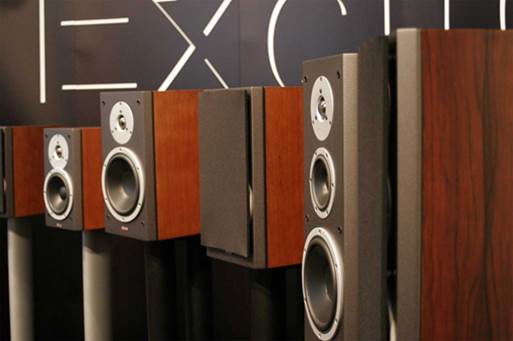The speaker is the output and the most
important part of the sound system. Good preservation and proper use will allow
exploiting efficiently speakers even for decades.
The North has four seasons: it is hot in
summer, cold dry in winter, wet in spring; speakers, in general, need regularly
protecting against moisture and heating. Particularly in the South, the rainy
and sunny seasons have the same moisture degrees, so preserving and using
speakers seems easier. However, due to the global climate change, basing on the
age of the speaker and the wood used to make the speakers, you need to have a
method to enhance the protection of old speakers against moisture.

Good
preservation and proper use will allow exploiting efficiently speakers even for
decades.
Some of the new speakers nowadays are made of
very expensive materials and they do not need any form of protection against
moisture. Although not common, such kinds of speakers will be needed so much in
the future. Several double speakers may need for each one of them a
moisture-proof package used for four-legged pianos if the case is made of pressed
wood. Cases made by other kinds of wood, depending on listeners’ need to feel
the beat, can be boosted by adding more materials such as sand, plastic foam,
foam rubber, cotton wool, etc.

At
Northern Region, the speaker needs to be moisture and heat when moist air.
In some situations, users should be
"brave" enough to use super glue or hard and brittle materials to cover
the back of the speakers, especially for older speakers, to get solid and
powerful sound quality; after that, you may possibly not get the price as much
as you spent when buying them if you need to upgrade them.
Next, one shouldn’t put many things on the
speakers and place them \too close to the wall (the good distance should be
about 30-40cm) in order to not affect the vibration of the speaker. Even your
room is not big enough, placing the speakers at the right position can completely
bring to listeners a certain feeling of emotions. Curtains, wooden wardrobe’s
front, wall carpets, the speaker’s cover, bookshelves are great decorations for
a room that is not very sophisticated in terms of sound.

One
should place the speakers approximately 30-40cm away from the wall to not
affect the vibration of the speakers.
The selection of speakers depends on each one's
tastes and although customers choose a wrong one, there are still a lot of
solutions to overcome the shortcomings. For example, rock music enthusiasts can
buy a subwoofer amplifier or change another modern amplifier to have a new function
to adjust the sound timbre (tone) or even loudness. Customers can select wires
suitable for adjusting sound quality. Speakers are often the last part of the system
to "be sold" when users want to upgrade their current speaker system.